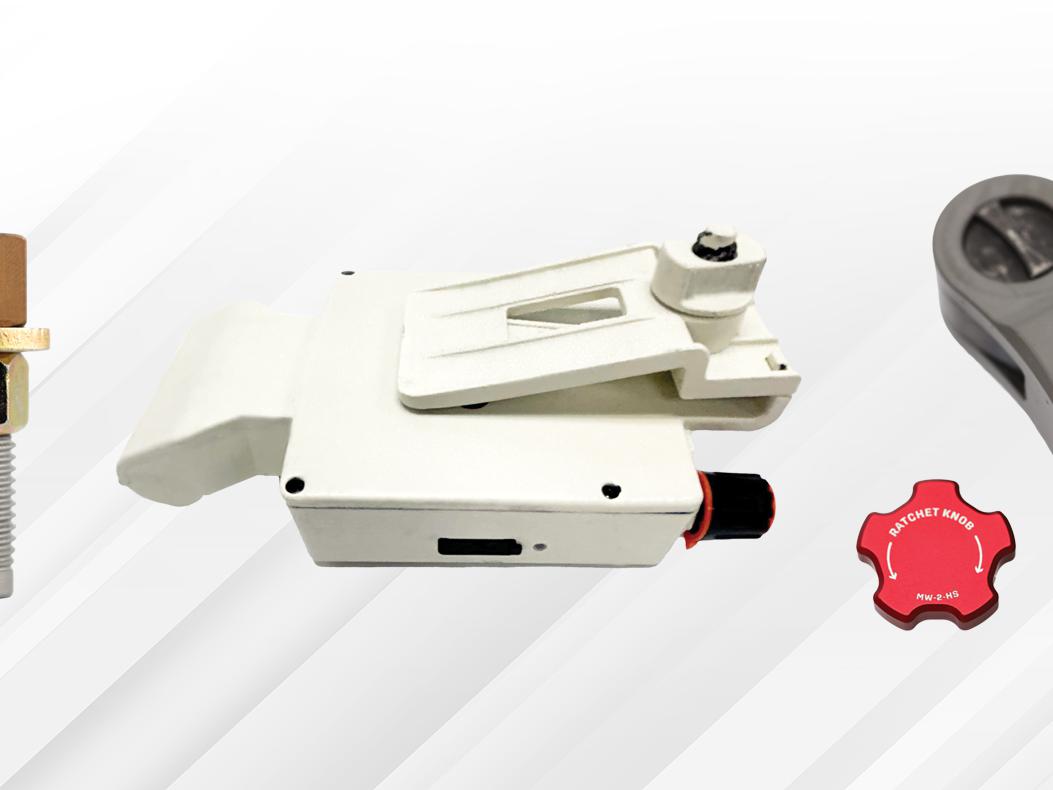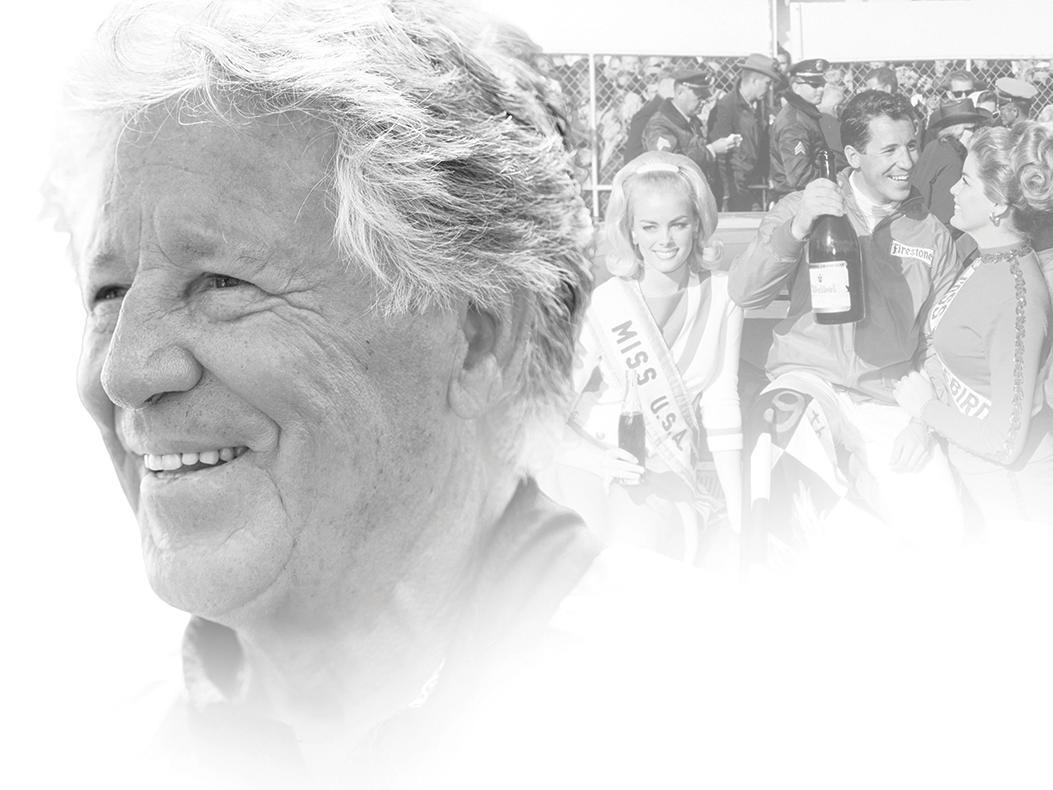Make The Case: Quarter-Mile vs. Eighth-Mile Drag Racing

The two styles of competition not only attract different types of racers and audiences, they also require different car setup tactics and come with their own maintenance considerations. As our advocates explain, each format offers a unique allure that keeps participants coming back for more.
Quarter-Mile Drag Racing Advocate:
Andy Warren,
NMCA Nostalgia Muscle Competitor

I actually got my start in racing with eighth-mile bracket racing events. It was kind of the norm around where I lived. When we started following the NMCA in the 1990s, my brother and I would travel to Memphis every year for the finals, and I remember that the nostalgia classes really stuck with me.
By the early 2000s I was ready to do something different, and one day I was looking around on the NMCA website and saw that there was an upcoming race close by in Bowling Green. I had never really raced quarter-mile before, but I found out that they had a class that my car fit in with Nostalgia Muscle.
After competing in that race I was totally hooked. There’s just more of a thrill to it. That extra few seconds might not seem like much, but it makes a big difference when you’re behind the wheel. In eighth-mile racing, you hit third gear and you’re done. But in a quarter-mile race you have a little bit more time to experience everything, and to me that’s just more bang for the buck.
NMCA Nostalgia Muscle is a pre-set index class that goes from 16.0 to 9.50, and because of my driving style, I prefer to chase. With a quarter-mile format, once you cross that eighth-mile mark you kind of clear your mind and figure out what you’re going to do from there. You have a lot more time to think about what you’re doing with this format, and it’s a pretty awesome feeling to pass a slower car right at the last possible second.
The quarter-mile format also has more visibility because there are more nationally publicized platforms for this type of racing through the NHRA, NMCA, and other organizations. That has some clear marketing and sponsorship advantages. I don’t think I would have had the same opportunities if I was running eighth-mile because those events just don’t have that spotlight on them.
This format tends to be harder on valvetrain parts because you’re holding the engine near redline a bit longer, but it has durability advantages in other parts of the car. Unlike eighth-mile racing, you don’t have to be super aggressive with your gearing out of the hole because you need the gear to keep the car pulling at the other end of the track. So it tends to be easier on the transmission, rearend, and other drivetrain hardware.
Rearend gearing tends to be very important in quarter-mile racing, as is tire selection, because tire growth needs to be taken into consideration more than it usually does in eighth-mile racing. If you’re running a bias-ply slick, your tire is going to grow in diameter at speed because of the centrifugal force, and that will affect your final gearing at the end of the track. The tire acts like a big rubber band—the faster you spin it, the more it wants to spread outward.
Eighth-Mile Drag Racing Advocate:
Todd Tutterow,
NHRA Pro Mod Competitor

I like running quarter-mile races, but I think that one of the biggest advantages that the eighth-mile format has is that it’s a bit easier on parts, and that makes it more affordable to compete. Connecting rods, valve springs, and other engine components will take a lot more abuse in quarter-mile racing. It might just be a few more seconds for a run, but those are seconds that I could be putting into more eighth-mile passes. Because of that, we also find that we can run the car harder in the eighth-mile format. But sooner or later you will find the weak link in the setup regardless of the format you’re running in.
Because these runs are shorter, you really can’t afford to give anything up in eighth-mile racing. You’ve got to put all the power down and do it quickly because all of the ET in an eighth-mile race happens early. Big horsepower tends to matter more for the top end in quarter-mile races, so lower horsepower cars aren’t at as much of a disadvantage in the eighth-mile format. Gearing tends to be the biggest difference in car setups between eighth-mile and quarter-mile formats for the type of drag racing I do.
Either way these cars are extremely fast—we’re hitting about 215 mph in the eighth. The quarter-mile adds another 50 mph on top of that, so eighth-mile racing feels a bit safer as well. At those speeds there’s just a lot more danger in a quarter-mile car; two seconds doesn’t seem like a lot, but it makes a big difference. And while the cars keep getting faster and faster, the shutdown areas at these tracks haven’t gotten any longer. Fortunately, most of the eighth-mile stuff that we compete in now runs on the bigger tracks, and having that extra room to get the car slowed down provides an additional measure of safety.
Because eighth-mile racing doesn’t have national events like the NHRA and other organizations have in quarter-mile racing, there tends to be slightly less visibility. Some sponsors prefer quarter-mile formats because they can pull in a different audience due to the TV coverage and things like that, but ultimately it hasn’t really been an issue for the sponsors that we work with. And I think that the eighth-mile racing benefits the fans because it’s easier to see the entire run. It makes for a good show.
The format seems to attract more Outlaw-style series, which really seems to resonate with a certain type of fan. Most of the quarter-mile stuff has pretty rigid rule sets, but the eighth-mile series tend to be less tightly controlled. Those open rule sets generally allow for more innovation, and it makes the competition more interesting as a result. It all works together to make these eighth-mile events feel less sterile, which in turn attracts the fans who value that.
 MEMBERSHIP LOGIN
MEMBERSHIP LOGIN JOIN PRI
JOIN PRI


